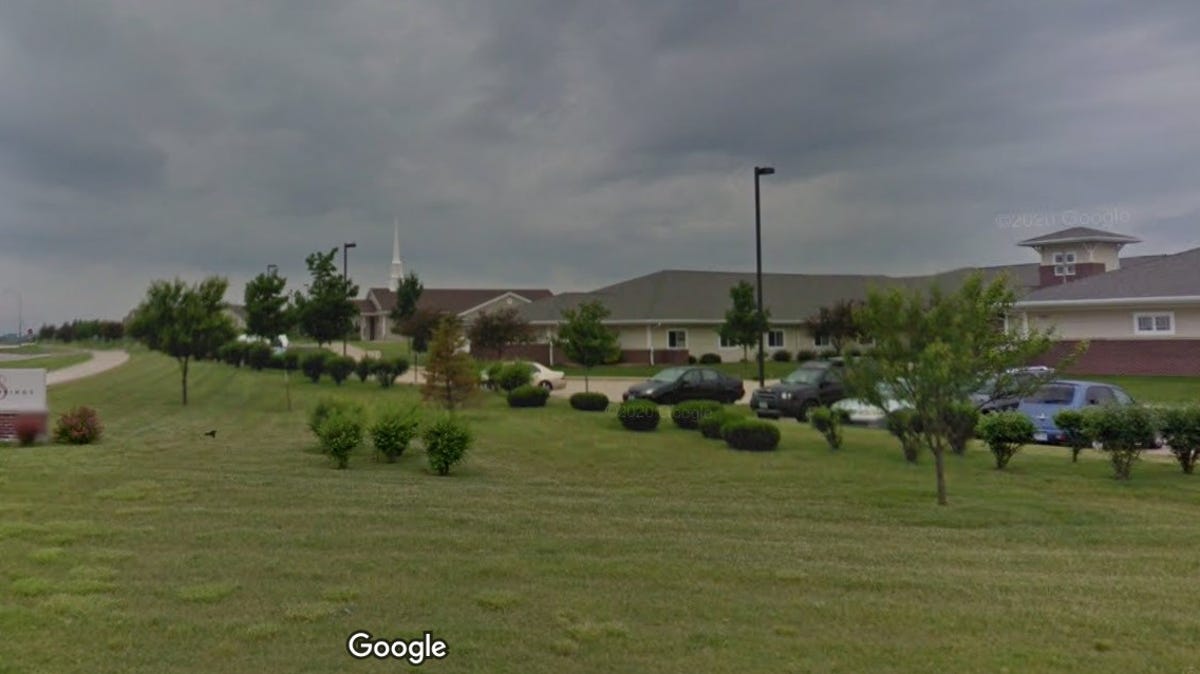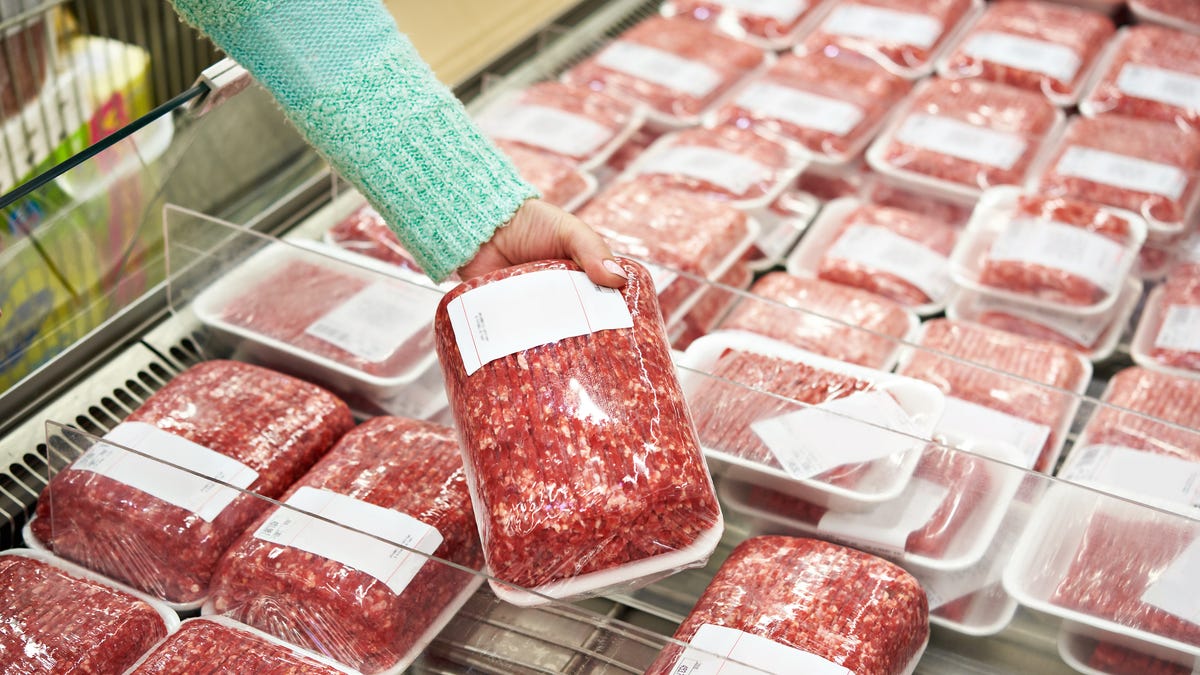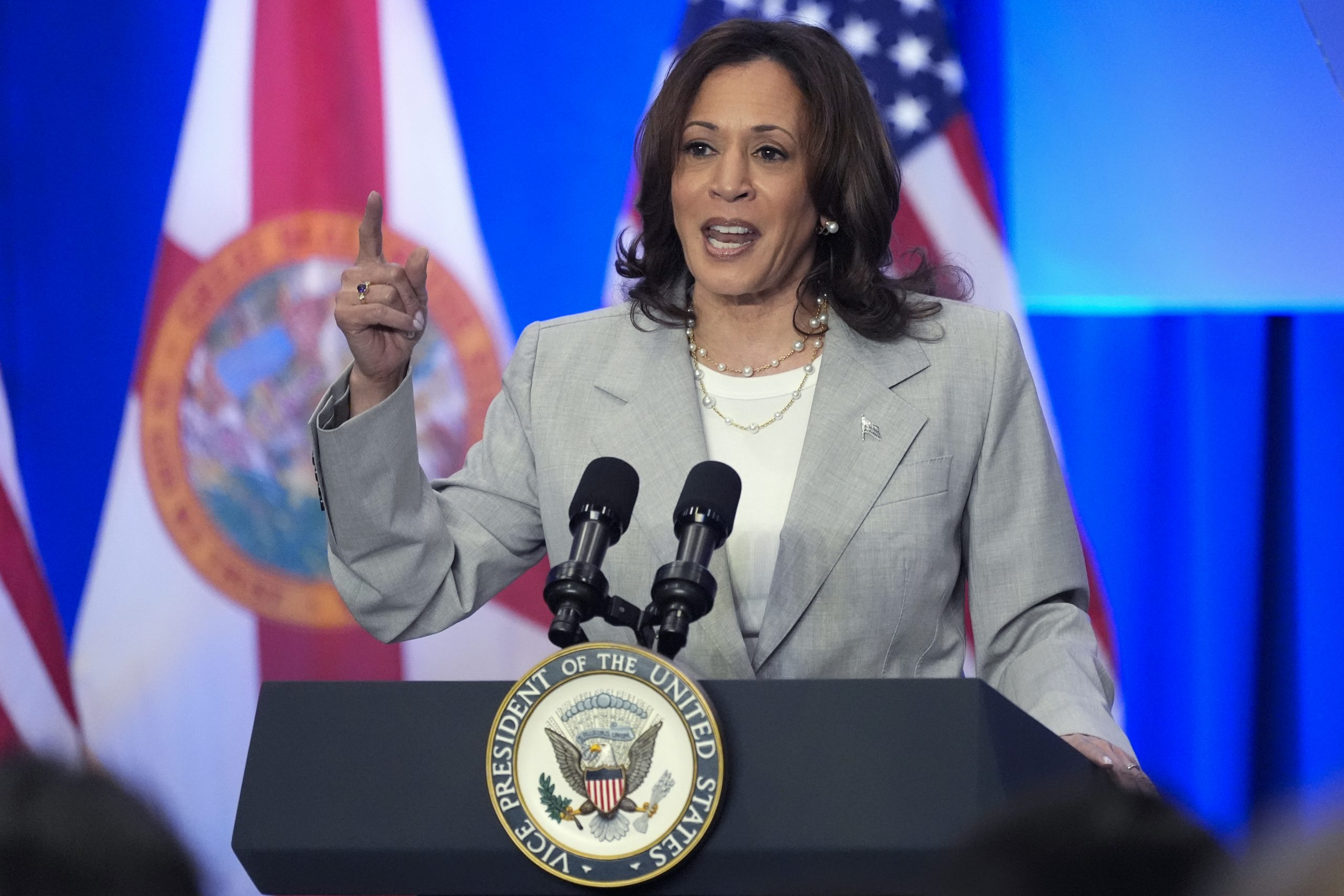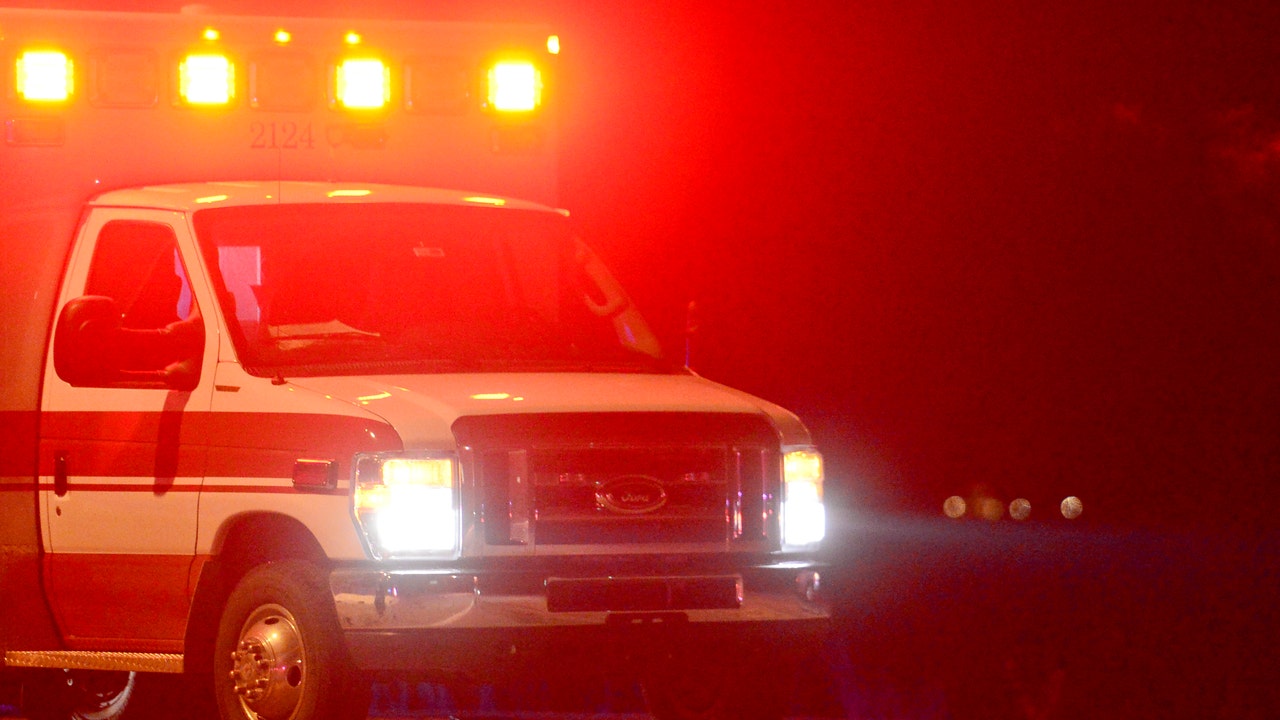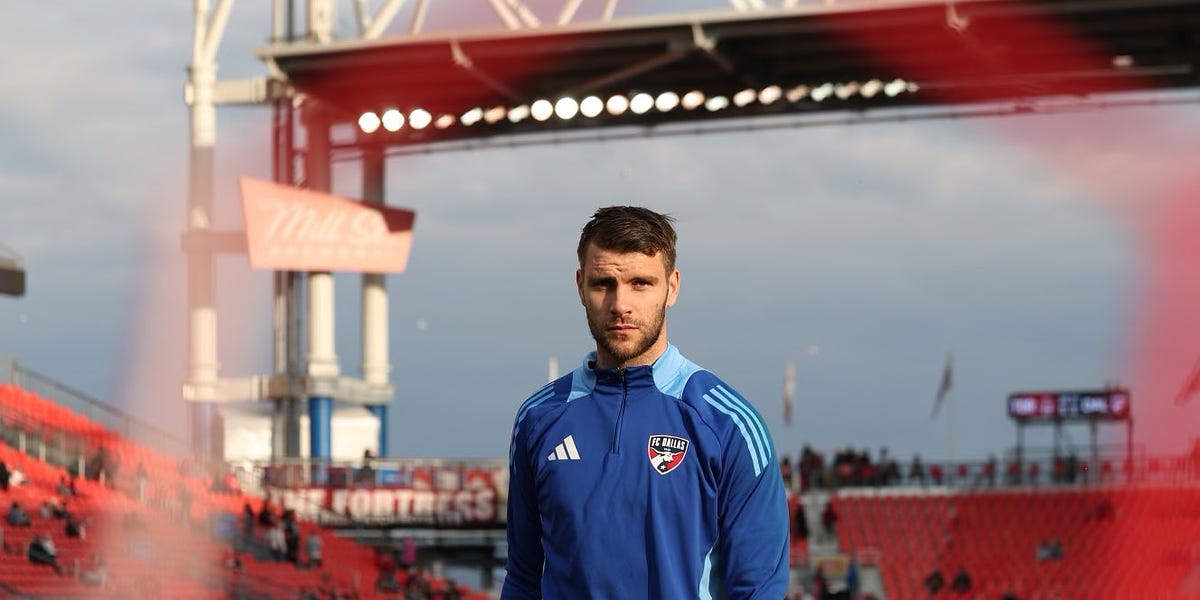Maryland
Maryland delegation introduces bill for Congress to fully fund ‘gargantuan task’ of replacing Key Bridge

Maryland’s congressional delegation introduced a bill in both the House and Senate on Thursday to ensure that federal funds will cover the full cost of replacing the Francis Scott Key Bridge.
The legislation would protect Maryland taxpayers from bearing a 10% share of the cost of reconstructing the bridge, which was struck by a cargo ship last month and collapsed into the Patapsco River, killing six construction workers.
Democratic President Joe Biden has promised that the federal government will cover the entire bill, with his administration approving an initial $60 million request from the state and access to a $1 billion emergency relief fund.
Lawmakers stressed that the loss of the bridge, which has halted much of the traffic at one of the East Coast’s busiest ports, is not just a local but a national catastrophe.
“The sudden collapse of the Francis Scott Key Bridge was a human tragedy and an economic tragedy — for Maryland and the nation,” Sen. Ben Cardin said in a statement. “The federal government is an essential partner in this gargantuan task of reopening the Port of Baltimore shipping channel and replacing the bridge with one built for modern-day commerce and travel needs.”
Crews have been clearing tons of debris and opening temporary shipping channels, hoping to reopen normal port traffic by the end of May. To date, divers have recovered the bodies of three of the six workers who were killed in the bridge collapse.
Named the Baltimore Bridge Response Invests and Delivers Global Economic, or BRIDGE, Relief Act, the bill has the support of the delegation’s lone Republican, U.S. Rep. Andy Harris, despite his membership in the far-right Freedom Caucus which has called for restrictions on the federal funds.
The caucus in a statement last week said officials should seek “maximum liability” from shipping companies before seeking public funds, a notion rejected by Cardin and others who said litigation could take years and should not delay the rebuilding of the bridge.
But Harris told reporters Thursday that there is consensus in Congress to fund the rebuild even if that means the federal government must “front” the money before seeking funds from foreign shipping companies who may be liable.
Harris, a Republican representing the 1st Congressional District, said during a media conference call that there is “broad agreement the federal government should front the money, but that every effort should be made to recoup this money from those who I believe will be held liable for the damage done.”
The Freedom Caucus statement specified that the government should seek maximum liability from the shipping companies “upfront.”
But Harris, a member of the House Appropriations Committee, said “it’ll take years” to recoup any money, and that the bridge project must stay on track.
Harris said holding companies liable is important, but that “with very few exceptions I think the House will agree and the Congress will agree that the federal government can keep the project moving by assuring the funds are available” in the meantime.
Harris’ district includes the Eastern Shore, Harford County and part of Baltimore County.
The legislation says that in accordance with federal regulations, “any compensation for damages or insurance proceeds” recovered by the state should go toward the reconstruction of the bridge.
The bill was introduced two days after the state delegation and Gov. Wes Moore took to the U.S. Capitol to urge support for the funding.
Moore, a Democrat, expressed gratitude in a statement on Thursday to the delegation and “our federal allies in this hour of national importance.”
“We must continue to come together, across party lines and all levels of government,” he said, “to reopen the Port of Baltimore and rebuild the bridge as fast as possible.”
Baltimore Sun reporter Jeff Barker contributed to this article.

Maryland
Maryland Weather: Storm chances continue this week
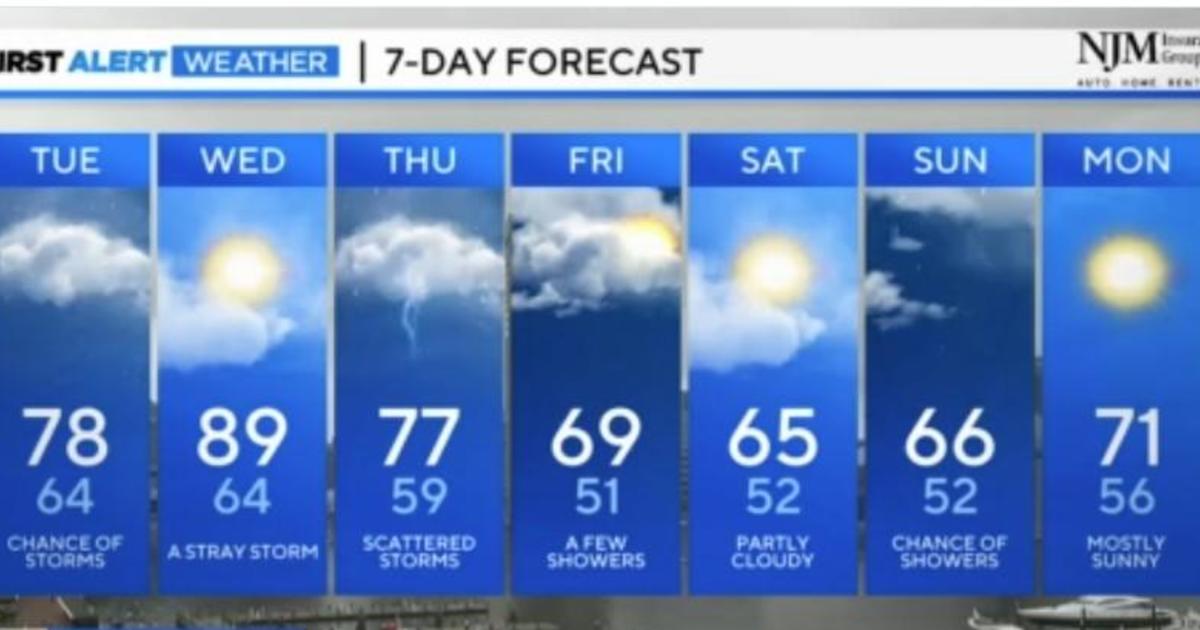
BALTIMORE — A stalled front nearby will keep the weather unsettled as we head into midweek. We can expect scattered showers and thunderstorms each afternoon.
This afternoon and evening, storms are expected to be spotty in coverage due to extensive cloud cover over the area. A new batch of storms will roll out of the Ohio River Valley tonight, although it will be weakening as it moves eastward into Wednesday morning.
We will be watching later in the day Wednesday for the potential for more storms to develop as the upper-level energy causing the storms moves through the region.
Temperatures today will rise to the upper 70s and low 80s, with a few more sunny breaks as the day progresses.
Tonight, temperatures will drop to the 60s.
On Wednesday it will be warm and humid with a chance for PM storms. Chances appear isolated, but any storms that develoip could produce locally heavy rainfall and gusty winds. Highs on Wednesday could reach the mid to upper 80s in some areas.
Thursday will see some early morning showers/storms with a break in the late morning before another round of potentially severe thunderstorms arrives in the afternoon. Highs will be in the upper 70s to low 80s. A cool down is expected behind the front Thursday night, with temperatures dropping into 50s.
The cold front will continue through the area early Friday, with temperatures significantly cooler than the previous days. Highs on Friday will range from the mid-60s to low 70s.
The weekend looks to be cooler than average with a chance of isolated to scattered showers each day. Temperatures are expected to start climbing again early next week.
Maryland
Economist: EVs Can Help Drive U.S. to Carbon-Neutral Power Grid
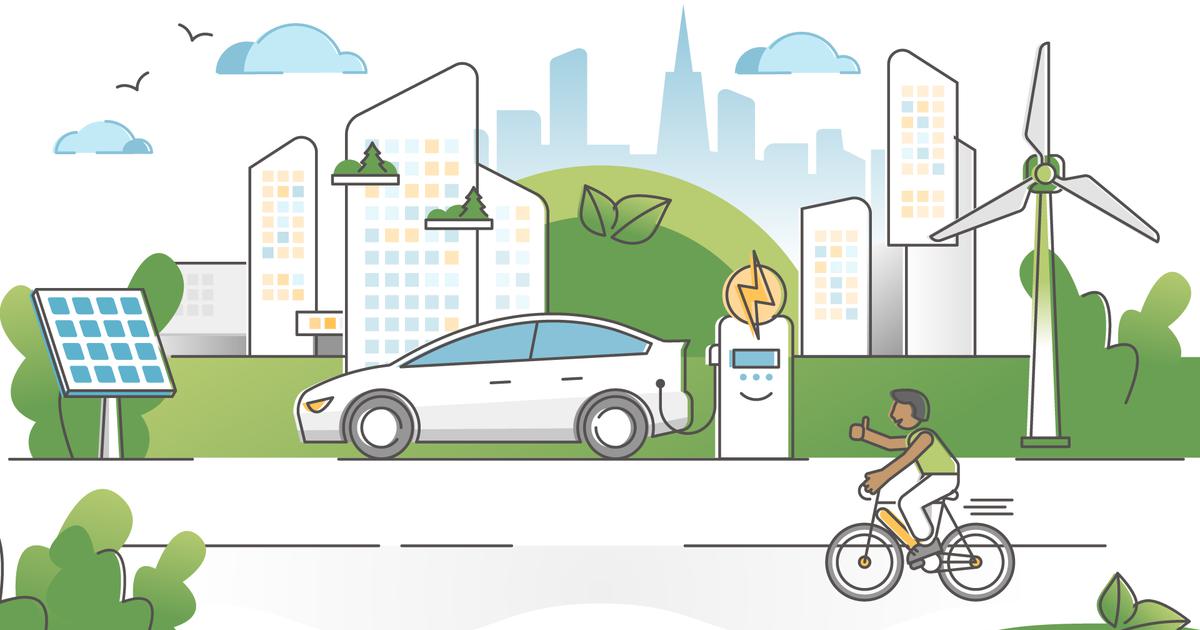
Vehicle standards recently announced by the Environmental Protection Agency establish stringent new goals for manufacturers to slash greenhouse gas emissions and other forms of pollution, pushing the industry to accelerate a transition to electric vehicles.
The ruling aims to help achieve the administration’s goal to reduce U.S. emissions 50-52% below 2005 levels by 2030 and become carbon-neutral by 2050. But is it realistic to expect most Americans to switch to cars that, for now, are significantly more expensive than their gas-powered counterparts and rare on the used market? And will deploying vast fleets of EVs to replace traditional vehicles help prevent climate change if they’re charging up with fossil fuel-generated electricity?
To get some answers, we sat down with Joshua Linn, a professor in the University of Maryland’s Department of Agricultural and Resource Economics, who studies the effects of environmental policies and market incentives in the transportation, electricity and industrial sectors.
Do you think it’s possible to eliminate new gas vehicles by 2050, or to meet U.S. climate goals, for that matter?
2050 is a long way off, and when you look at the market for cars now, it is a lot different from what it was 25 years ago. Historically, a few decades is what’s required for big transitions in car markets. We’re still a long way from having all electric vehicles, and it seems unlikely we’re going to meet those targets ahead of time, but a lot will come down to how consumers perceive these vehicles. Many people are just still just learning about it and considering it.
We have a lot of policies that are supporting those goals, and they’re definitely pointing us in the right direction. Whether we get there by 2050 or if it takes longer is pretty hard to predict.
One barrier to adoption is that EVs tend to be more expensive than comparable gas vehicles, with the most popular EVs starting in the mid-$40,000s. How has China been selling them in the $10,000 range?
There are lots of ways that the market in China is different from the U.S. Many of China’s EVs are small, lower-end types of vehicles. I’m skeptical that those types of vehicles would do well here.
U.S. consumers have stronger preferences for big vehicles and certain accessories, and the segment of the market that’s expanding here is in crossovers and sport utility vehicles. That’s also where the manufacturers can earn higher markups, so that’s where they are putting their efforts for EVs. The market for smaller EVs just hasn’t been there yet.
But most EVs are too expensive to qualify for tax credits. Isn’t that hurting the switchover to electric cars?
These restrictions stem from a combination of politics and concerns about equity. EV subsidies didn’t used to have the price caps or income requirements, and nearly all of those tax credits were being claimed by very high-income households for very high-dollar vehicles. With the Inflation Reduction Act, there was a desire to shift those subsidies toward lower-income households who tend to buy less expensive vehicles.
That makes sense. Higher-income households will tend to buy what they want even without a subsidy, but when you offer subsidies targeted toward lower-income households, those consumers do respond to price reductions, and the subsidies are more effective at boosting sales.
As a result, now I think you’re going to see a lot more vehicles priced just below the cap, maybe a little smaller and with fewer bells and whistles, aimed at a different segment of the market.
Economically, how does owning an EV in the long term compare to having a gas vehicle?
Overall, it can be a good deal for many customers, but it’s not an overwhelming savings. You don’t pay for gasoline, but you do pay for electricity. So, it really depends a lot on how much you drive and where you live. In regions like Maryland, we’re sort of in the middle for electricity prices across the country, and it’s more attractive than somewhere like California where electricity rates are very high.
Most drivers are converting to EVs from efficient gasoline vehicles like hybrid sedans, not giant pickup trucks. So, if you compare an electric vehicle to an efficient gas-powered sedan, you’ll cut your driving costs per mile by maybe half, depending on gasoline prices. You may save hundreds of dollars a year, but it probably won’t be thousands.
And then you have to consider the cost of adding a charging station to your home, although there are subsidies for that. And maintenance costs on EVs are lower.
For those who don’t see that as an economic incentive, and aren’t concerned about cutting carbon emissions, how will the U.S. increase EV adoption?
That gets back to the idea of how consumers see these vehicles, and I think it’s given rise to a new strategy, which is to say, “Yes, you will save on fuel, it’s good for the environment and all that’s true, but it’s also just more fun to drive an EV.” They give you really good performance on acceleration. They’re quieter, and manufacturers are building in entertainment features and high-end interiors.
Much of the U.S. grid still runs on fossil fuels, so if all Americans switch to electric cars, won’t that just shift emissions from cars to the power companies?
As more people drive EV’s across the country, there’s going to be an increase in overall electricity demand, which means there’s going to have to be investment in the power grid—new generators, and enhancements to the distribution network, all of that. If the cost of wind and solar are cheap, and other environmental regulations increase the cost of building new coal or natural gas-fired power plants, people will build wind and solar to meet the electricity demand. And that’s how we eventually decarbonize our electricity sector.
Maryland
Picturing Maryland: A photo every day in 2024 part 3 | PHOTOS

Picturing Maryland: A Baltimore Sun photography project showcasing the faces, places and events happening around us.





-

 News1 week ago
News1 week agoBoth sides prepare as Florida's six-week abortion ban is set to take effect Wednesday
-

 Politics1 week ago
Politics1 week agoGOP Rep. Bill Posey won't seek re-election, endorses former Florida Senate President as replacement
-

 World1 week ago
World1 week agoRussian forces gained partial control of Donetsk's Ocheretyne town
-
Movie Reviews1 week ago
Challengers Movie Review
-
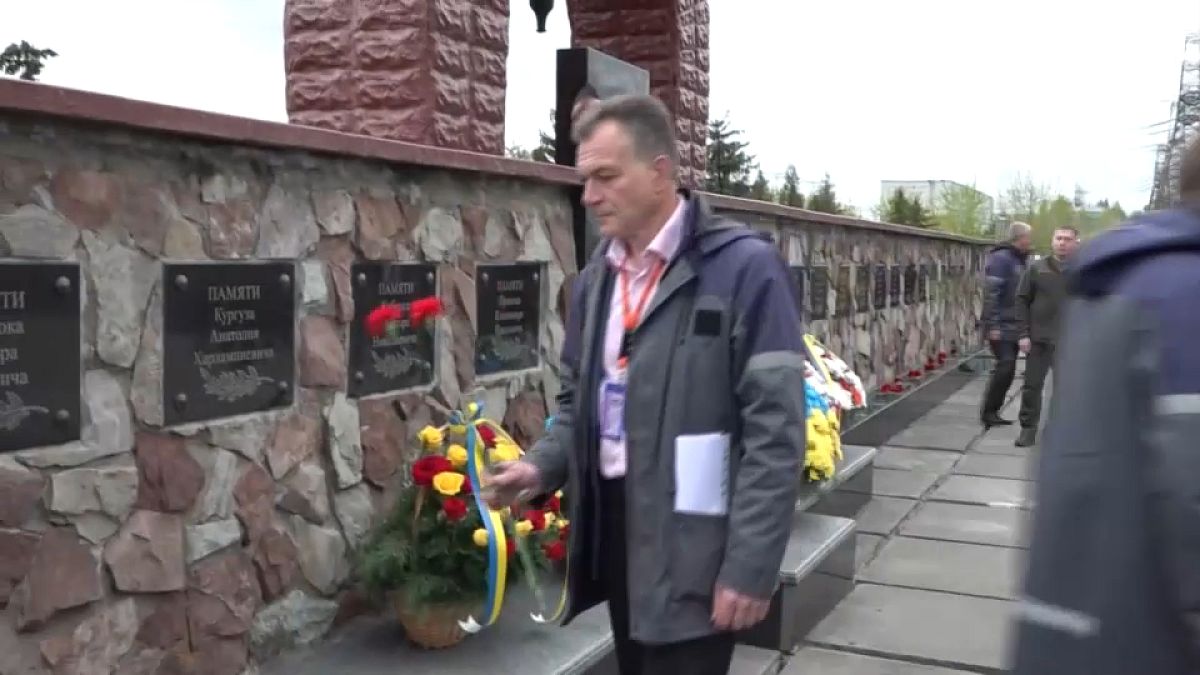
 World1 week ago
World1 week agoZelenskyy warns of Russian nuclear risks on Chernobyl anniversary
-

 Politics1 week ago
Politics1 week agoHouse Republicans brace for spring legislative sprint with one less GOP vote
-

 World1 week ago
World1 week agoAt least four dead in US after dozens of tornadoes rip through Oklahoma
-

 Politics1 week ago
Politics1 week agoAnti-Trump DA's no-show at debate leaves challenger facing off against empty podium
